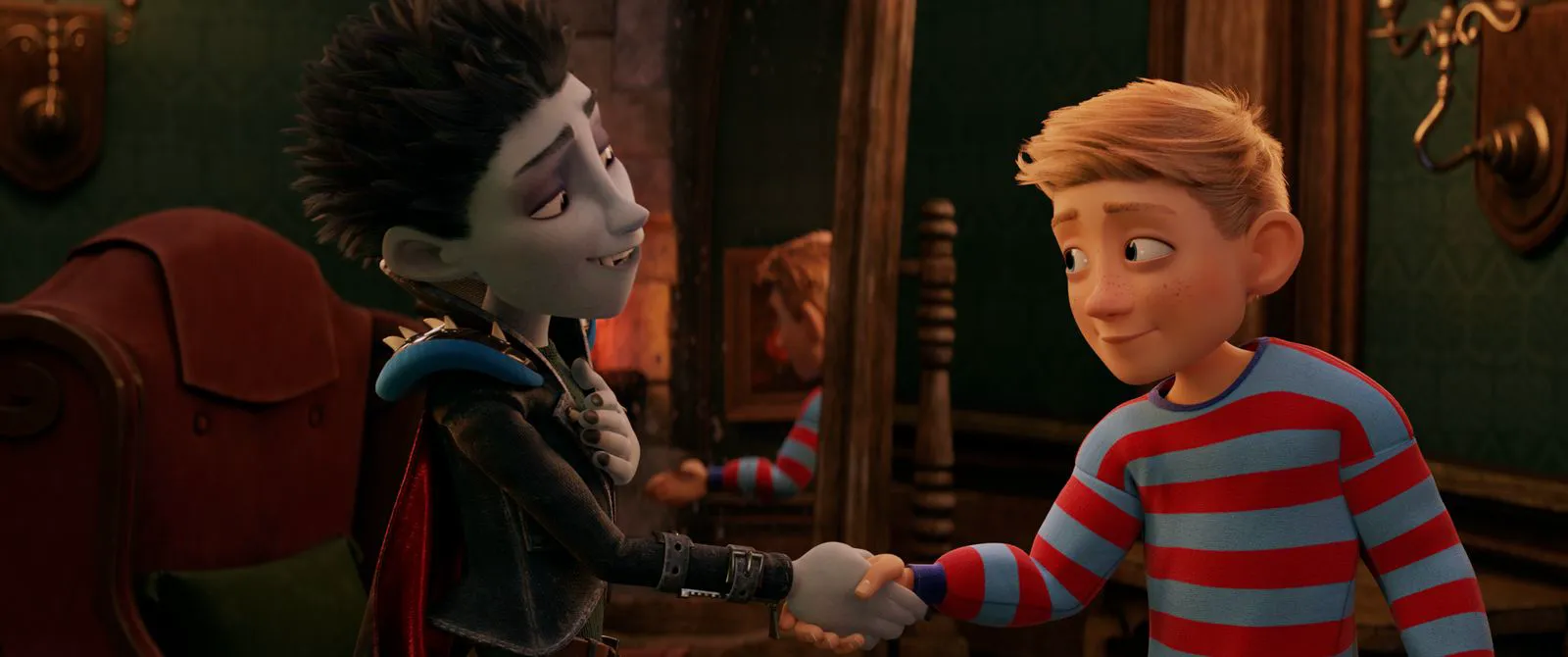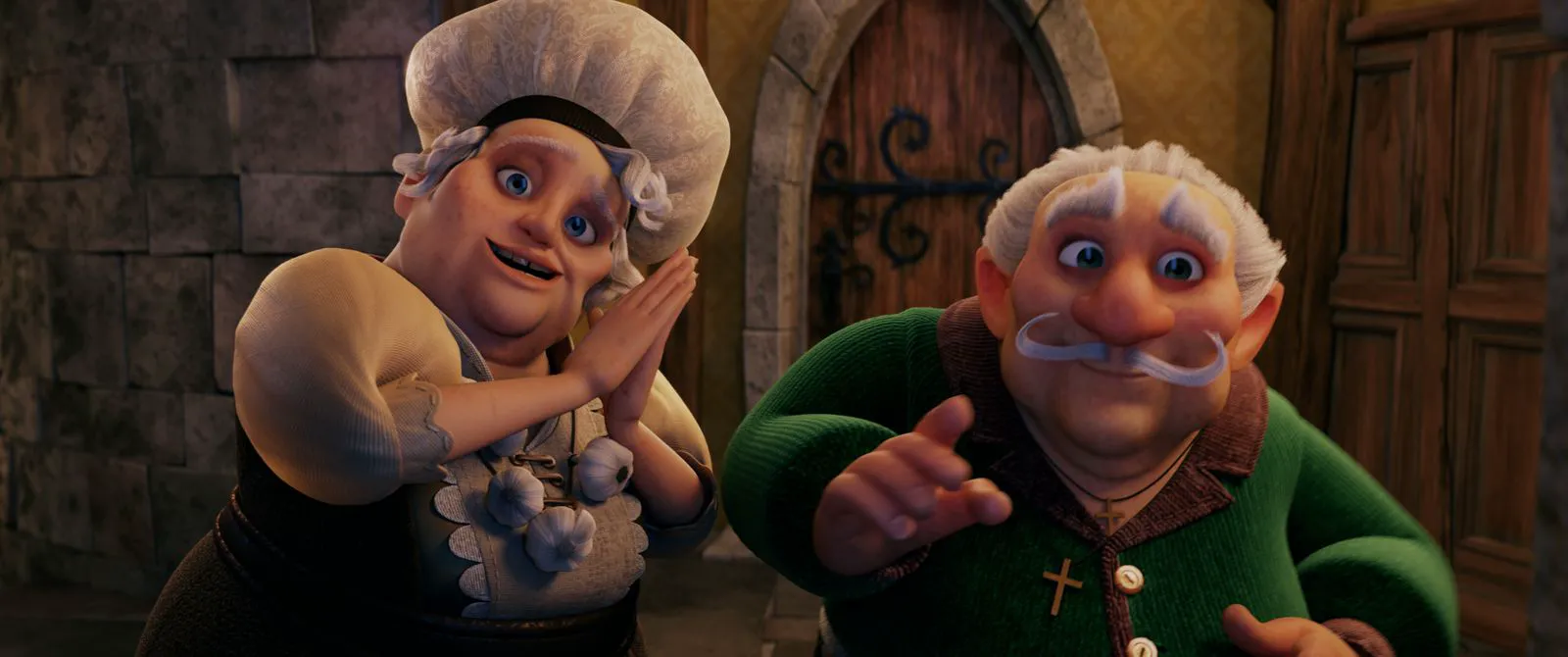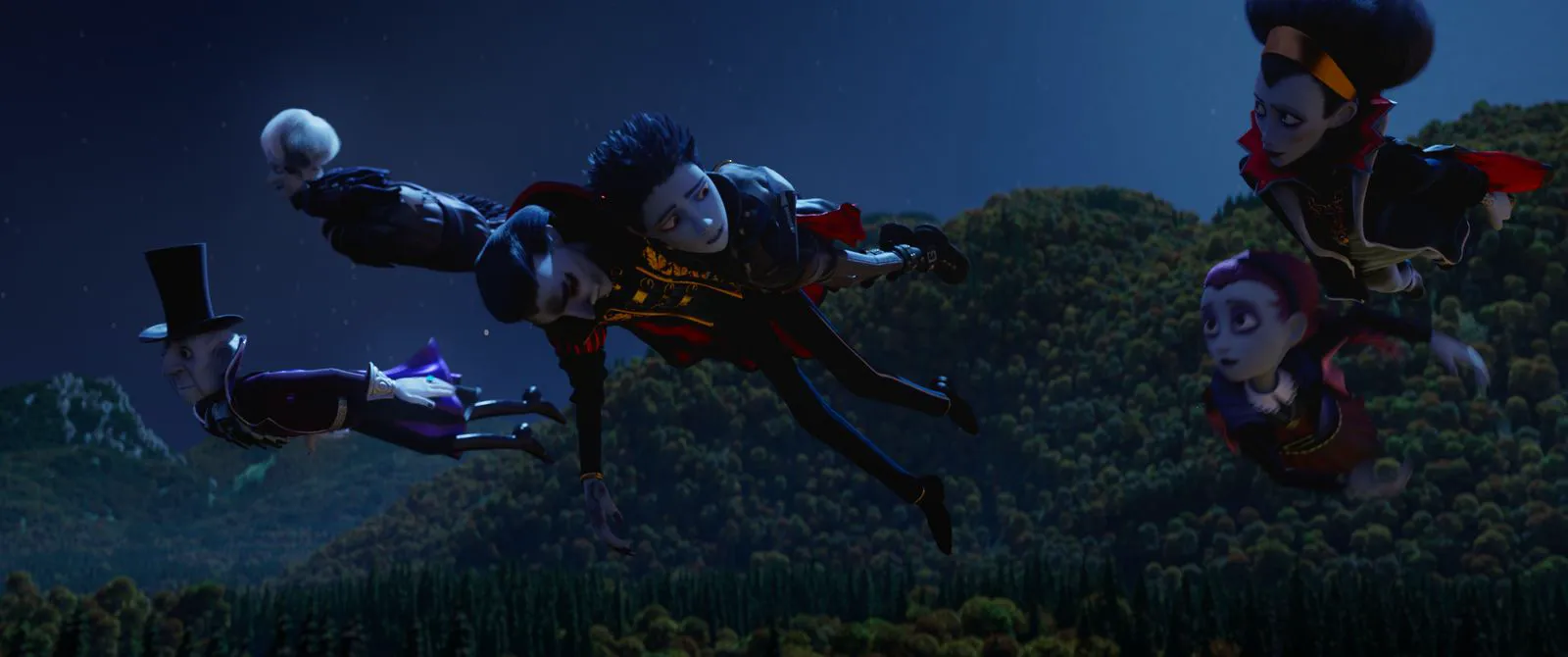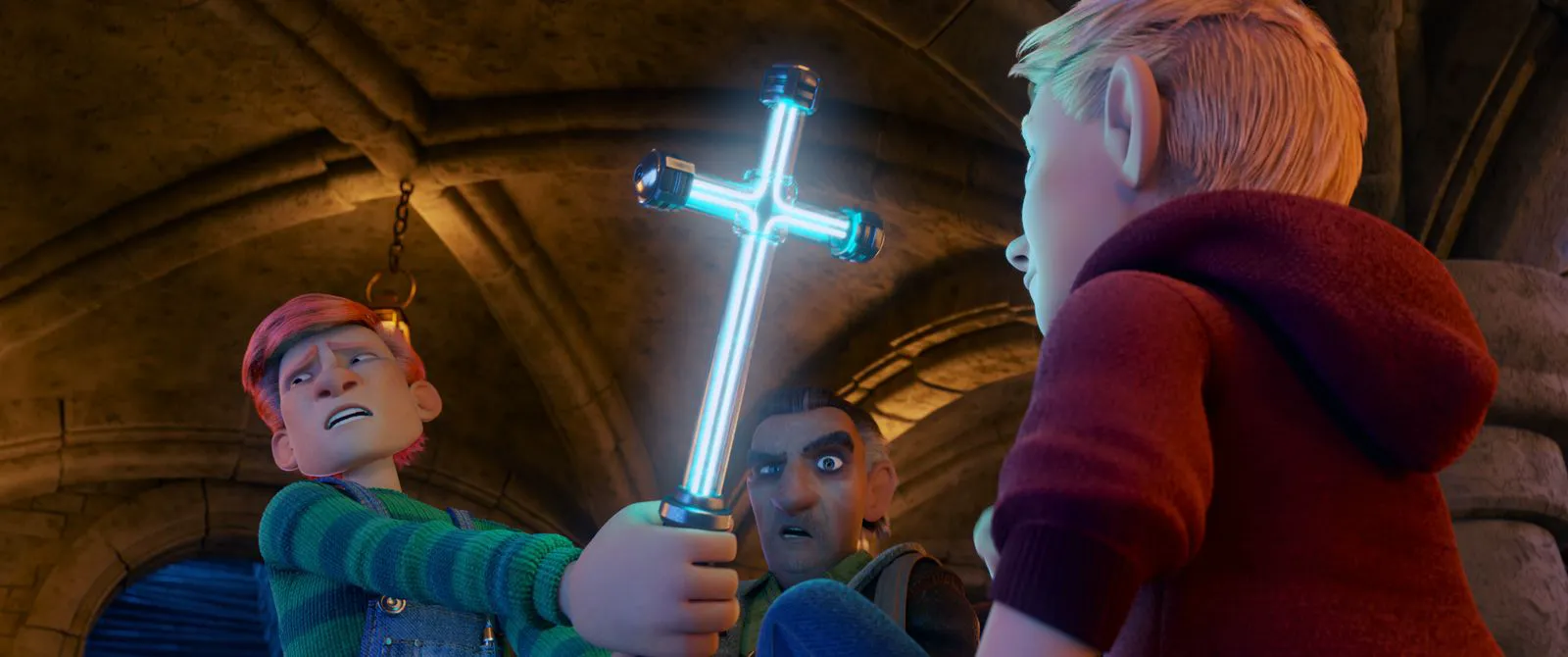The Little Vampire: A Tale of Tolerance or Propaganda?
Beneath the surface of a seemingly innocent animated film about the friendship between a boy and a vampire lies a more aggressive agenda: the promotion of tolerance.
The story begins with a gathering of a vampire clan for a family celebration. Seizing the opportunity, vampire hunters attempt to trap the entire clan within their ancestral catacombs. However, one family manages to escape. During the hunters’ pursuit, the family is separated, and the youngest son, Rudolph, seeks refuge in an old castle to wait out the day. This castle has been converted into a hotel, where Rudolph encounters Tony, a young American tourist visiting Europe with his parents. Tony, fascinated by vampires, pledges to help Rudolph find his family and free his clan from captivity.

Note: The Russian dubbing of the film is based on the English-language version. In Germany, the main character is named Anton and is from Germany, not the USA.
From Books to Screen: A Familiar Tale
The “Little Vampire” series by German author Angela Sommer-Bodenburg has garnered immense popularity in Germany. Sommer-Bodenburg has even expressed that she is often solely recognized for these works, despite writing novels in various genres for diverse audiences.
Sommer-Bodenburg’s books have been adapted into films several times. In 2000, the English-language film “The Little Vampire” was released, a joint German-Hollywood production that failed to achieve commercial success. Now, European animators, led by German directors Richard Claus and Karsten Kiilerich, have created a computer-animated film that, while not based on a specific book, draws inspiration from Sommer-Bodenburg’s ideas and characters.

Tolerance or Indoctrination?
As many German reviewers have pointed out, the central theme of the new “Little Vampire” is the aggressive promotion of tolerance. The film presents vampires with superhuman strength, a need for blood, a secretive existence outside human laws, and the ability to enchant and enslave humans. Despite showcasing these traits, the film insists that viewers disregard any potential concerns or fears associated with vampires, portraying the main vampire hunter as the sole villain.

Fun Fact: Angela Sommer-Bodenburg began writing the “Little Vampire” stories while working as a teacher, seeking topics that would engage her students.
While the hunter’s methods are undeniably radical, advocating for the destruction of all vampires, even those who abstain from human blood, the film demands an unnatural level of acceptance. It expects viewers to embrace vampires without acknowledging the potential threat they pose. The film’s climax, where the entire vampire clan settles in the hotel where Rudy met Tony, further pushes the boundaries of tolerance. The hotel owners’ fear of vampires is disregarded, implying that intolerant individuals must become tolerant, regardless of their concerns. The film seems to suggest that “we have a democracy, and there can be no two opinions on this matter.” Furthermore, the film fails to address the vampires’ financial situation, leaving the audience to wonder if they will be living at the hotel free of charge.

Inconsistencies and Plot Holes
To convince viewers of the vampires’ harmlessness, the film pits the entire vampire clan against a single hunter and his two assistants, portraying the vampires as terrified of the man. This is despite the fact that any of them could easily overpower him or use their enchanting abilities to defeat him without violence. While the hunter possesses some useful gadgets and weapons, it is difficult to believe that he poses a significant threat to creatures who otherwise exhibit no signs of pathological cowardice.
This plotline reaches its peak of absurdity when, near the end of the film, the heroes “disable” the villain but fail to take any further action. As a result, he regains consciousness and continues to pursue the vampires. This suggests that the characters are so unintelligent that no one considers tying up the hunter.

In general, the film is riddled with inconsistencies, but this is only part of the problem. The film suffers from an excessive number of characters, causing the plot to become unfocused and scattered. This lack of focus makes it difficult for adults to become invested in the story, while young children may struggle to follow the plot, especially if they are unfamiliar with Sommer-Bodenburg’s books and characters. The film appears to be primarily aimed at fans who want to see as many of their favorite characters as possible. However, what appeals to one audience may detract from the experience for others, ultimately hindering the overall quality of the script.
Visuals and Humor
The film’s graphics and animation are superior to its plot, but this only means that they are tolerable, nothing more. By 2017 standards, the film’s visuals are unimpressive. Similarly, the film’s jokes and gags are only occasionally funny, and the scatological humor is unlikely to appeal to a discerning audience.
Final Verdict
In conclusion, if your child is unfamiliar with Sommer-Bodenburg’s books and does not have a particular fondness for vampires, this film is not worth your attention.